Whenever we see our kitchen, we are delighted and this produces a feeling of well-being and comfort, when we see the area clean, tidy and hygienic before use, and the area that stands out the most is the kitchen countertop.
It is normal to concentrate on other more tangible things such as the tableware, the location of the kitchen utensils, cleaning and hygiene products, etc. But sometimes we neglect the kitchen worktop or plateau. This is where we perform all the primary kitchen activities such as cooking, scrubbing and organizing. This makes it an area of special attention. It is important to keep it clean and hygienic and free of stains. It is also an area prone to scratches, burns and stains.
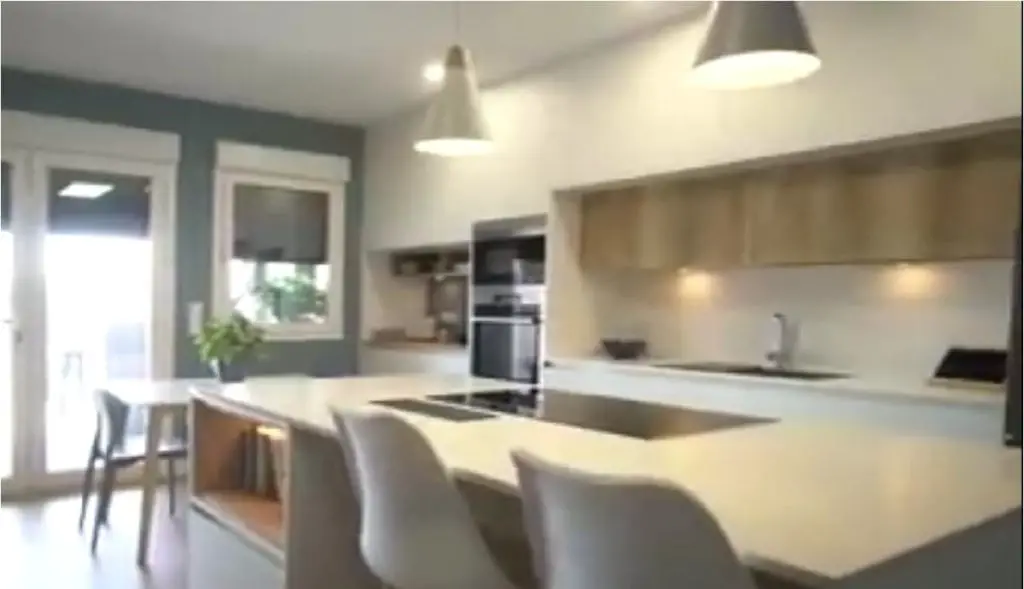
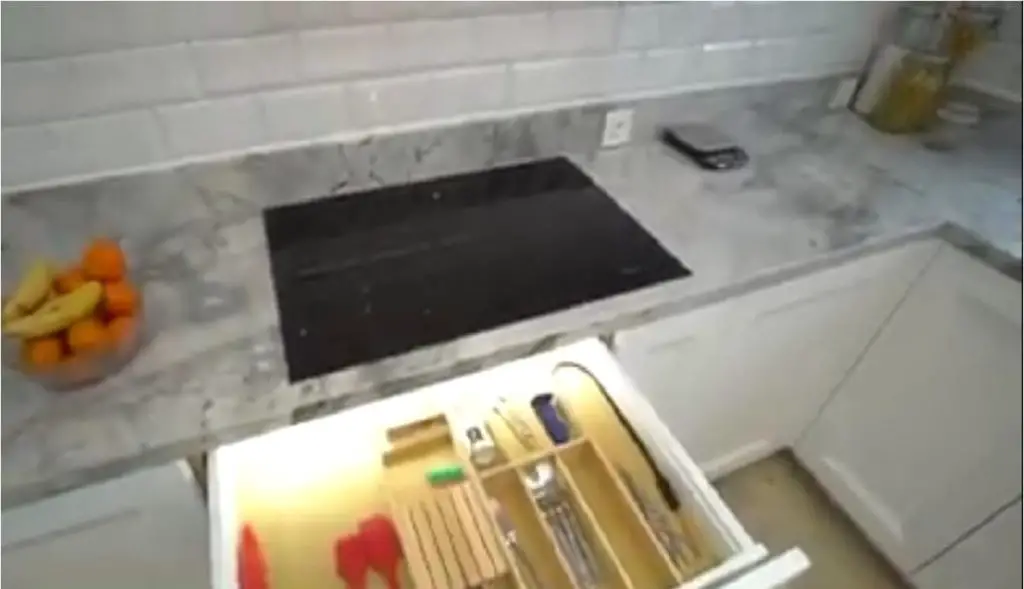
In this article we will pay special attention to the stains that are impregnated on the top of our kitchen, especially rust stains. In addition, we will define a method of how to remove rust stain from countertop.
It is of special interest to know that stains on our kitchen countertops are difficult to remove since they are generally made of porous materials such as granite that, although they have a finish on the surface, they lose it over time.
In order to establish a system of how to remove rust stain from countertop it is necessary to know first how it is generated and how this type of stain reaches our countertop.
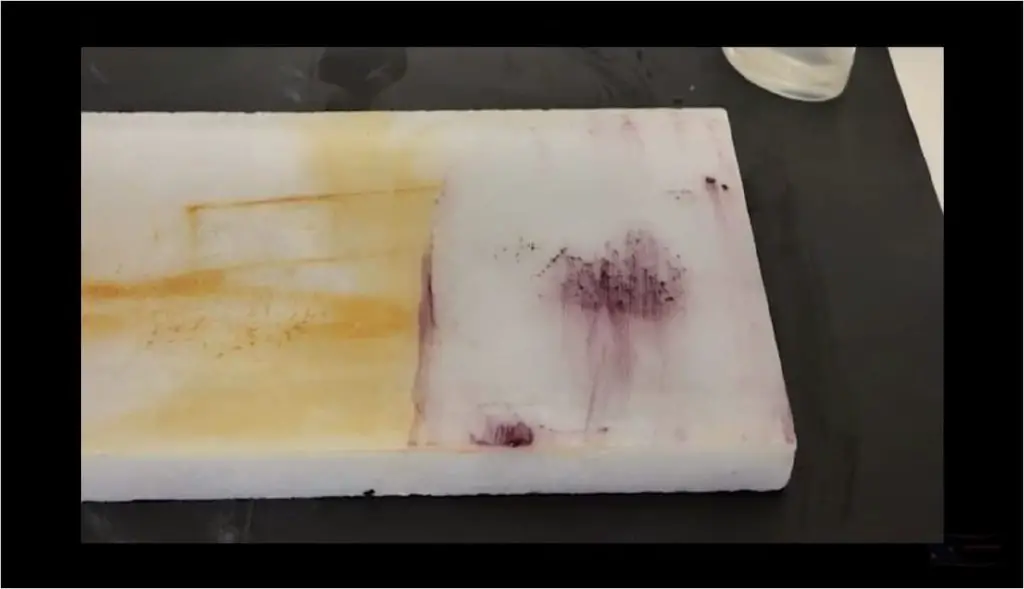
What is oxidation?
Oxidation is a process that is present in our daily life in a natural way. It occurs when oxygen molecules come into contact with any type of material, being more visible this reaction when oxygen reacts with iron.
Oxygen is present in the air, is present in water and is in contact with all the elements in turn, these reactions always occur in a favorable environment for it, in this case an environment where there is presence of liquids, the ideal liquid being water. This is why it is normal to observe that there are metal parts that rust when in contact with water.
This situation is very common in the kitchen area where we have metal parts and they are usually in contact with water. Having said the above mentioned, it is important, once we finish with the cleaning process inside our kitchen, to dry all the metal parts.
There are situations in which we do not realize that we have left a metal part in contact with water and without realizing it the process of oxidation begins with this part, since the part is in contact with our kitchen countertop it is very likely that a rust stain is transferred and adheres to our countertop.
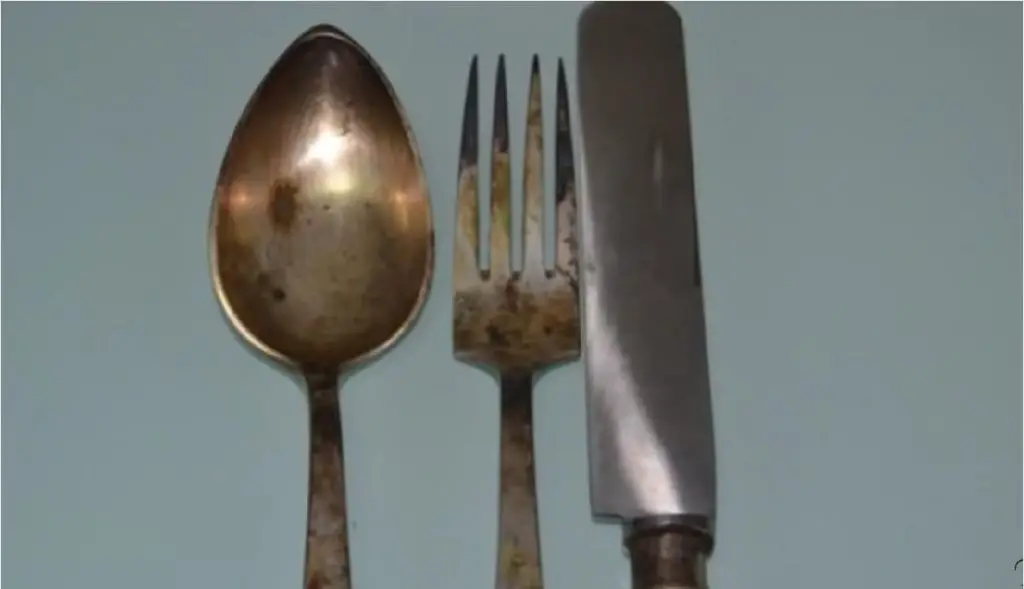
These stains are extremely difficult to remove as they become microscopically impregnated into the grain of the countertop.
There are several methods with which we can remove this type of stains and that are extremely effective and economical for the solution of this problem.
It must be taken into account that rust can be removed in several ways:
Polishing method
Rust can be easily removed using a polish on the oxidized surface, this method is somewhat counterproductive in the case of removing the rust stain from our stove top as the polish also removes part of the surface.
This method is widely used in processes where it is not important to remove the surface in question as it can be used as a polishing polish, depending on the case. An example of this is illustrated from a metal part such as a weightlifting bar. I mention that it is counterproductive as we do not want to remove the finish from our cook top and using this method this would be exactly what would happen.
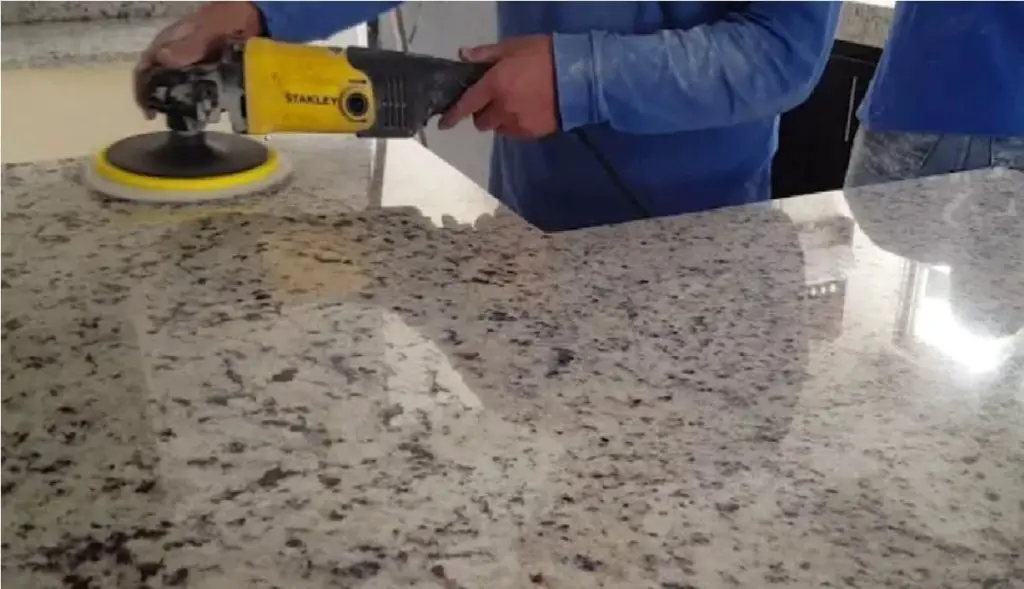
Rust Removal with Acidic Agents:
Rust can be removed with acidic agents very easily, in the market there are countless acids at different concentrations which depending on the depth and amount of rust impregnated on the surface one or another can be used.
In our particular case of how to remove rust stain from countertop, a very effective method can be the one I describe below. Use a little vinegar in a proportional mixture with baking soda, apply it directly on the stain rubbing with a brush, let this solution act on the fly for a period of time of approximately 15 minutes, after that time remove with plenty of warm water and a cloth. If the stain persists it would be prudent to repeat the procedure until it is completely removed.

This procedure uses products of easy access and that have disinfectant and cleaning characteristics, for example in the case of the sodium bicarbonate the particles of bicarbonate work in an abrasive way for the removal of the Stain, this abrasive is powerful enough to remove the Stain but nevertheless it does not eliminate the finish of our kitchen top, another important aspect of the bicarbonate is that it reacts with the vinegar and this reaction favors the removal of stains.
Vinegar, on the other hand, is a disinfectant agent that in addition to its acidic composition and facilitates the removal of rust, also favors the disinfection of the area.
Oxiclean method
Another highly effective method for the removal of rust on our kitchen countertop is the application of oxiclean, this is a highly corrosive material, so we must use for its application safety measures and implements such as gloves, goggles, a brush, plenty of water and a cloth. It is also important to keep children and animals away from the application area for safety reasons.
As a first step in the application of this method, pour a small portion of the product directly on the stain, leave it in contact with the surface for at least 1 to 12 hours. At this point special care must be taken as this product should not come in contact with any skin area of the hands or any other person not involved in the application process.
Then, after this time has elapsed, rub with a brush all the special surfaces and directly on the stain. At the end remove with abundant water and a cloth all the solution that is on the plateau and verify if the Stain disappeared, if not, repeat the procedure until the Stain disappears.
Conclusion.
After verifying, which are the necessary elements to generate the rust stain on the top of our kitchen, the first thing we must take into account is to avoid that it is generated. This we achieve it eliminating any rest of water in contact with metallic surfaces. Normally after washing and cleaning our kitchen utensils and metal surfaces.
In case we have not noticed this we can apply any of the methods described above as they are proven to be effective for the removal of such stains. This way we can keep the top of our kitchen in optimal conditions for its use. Both visually and, in turn, to maintain hygiene levels at their optimum.
